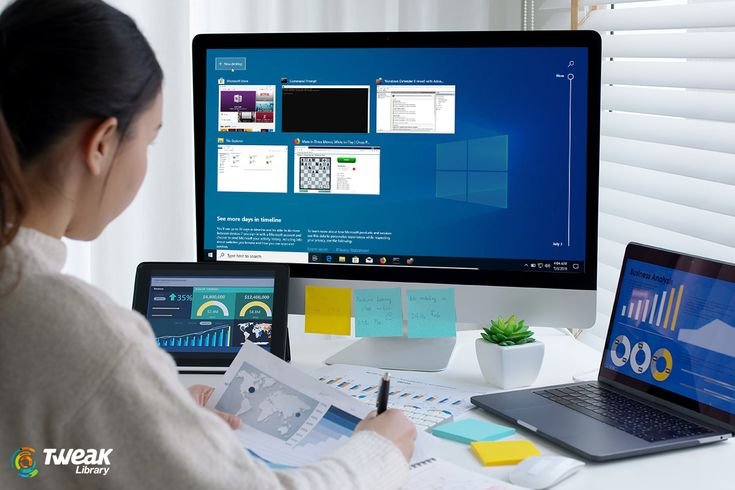
Edit Post
The future of virtual monitors in revolutionizing workspaces is promising, driven by advancements in AR and VR technologies. These monitors offer limitless, customizable screen space, enhancing productivity by enabling better multitasking and organization without the physical constraints of traditional monitors. As more companies adopt remote and hybrid work models, virtual monitors facilitate sea... View more
The future of virtual monitors in revolutionizing workspaces is promising, driven by advancements in AR and VR technologies. These monitors offer limitless, customizable screen space, enhancing productivity by enabling better multitasking and organization without the physical constraints of traditional monitors. As more companies adopt remote and hybrid work models, virtual monitors facilitate seamless collaboration, allowing multiple users to interact with the same virtual workspace from different locations. Virtual monitors are expected to become more prevalent as AR and VR technologies become more affordable and accessible. Companies like Meta, Microsoft, and Google invest heavily in these technologies, indicating a significant market shift. Reducing physical desk clutter and the ability to customize work environments to individual preferences will make virtual monitors appealing to employers and employees. View less
- 0 0
- 0 0
-

-
Ajith L Rajan
published solution: 11 months beforeBy 2040, virtual monitors have revolutionized workspaces, transforming how we interact with digital environments. Powered by advanced augmented reality (AR) glasses and contact lenses, these monitors provide limitless, customizable screen space without the physical clutter. Workers can summon multiple screens of any size and arrange them in their field of view, enhancing productivity and multitasking capabilities. This technology enables seamless collaboration, as shared virtual monitors allow real-time interaction with colleagues worldwide. Office spaces evolve into minimalist environments, free from bulky hardware, while remote work becomes more immersive and efficient. As virtual monitors integrate with AI and cloud services, they offer personalized, context-aware interfaces, adapting to individual workflows and preferences. This shift not only optimizes physical workspaces but also fosters a more flexible, efficient, and connected workforce.
0 1 0 0 1 0


